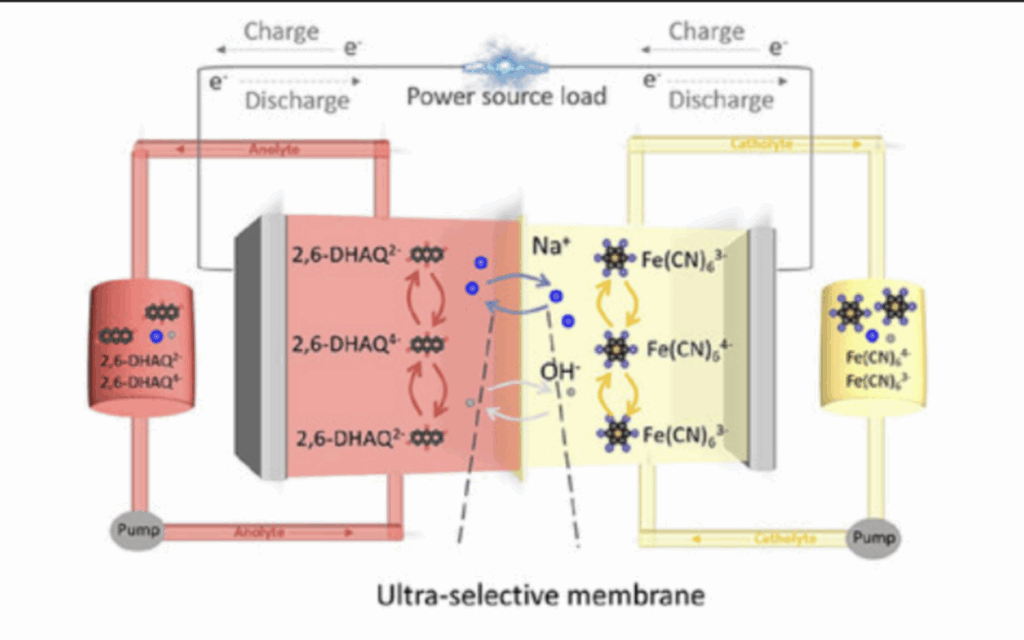Monash University engineers have a water-based water-based battery that is suitable for use in residential use and in real-time compatible with roof solar energy.
Researchers from the Monash University Department of Materials and Science and Engineering have developed a water -based battery that may offer compact, powerful battery systems for residential use.
Usually used in Large -scale energy storage Due to their size and slow charge speeds, the current battery study has solved the speed problem, making it ideal for households.
Monash Department of Materials Science and Engineering PHD candidate and the main author of the study, Wanqiao Liang said that the research team has taken a safe, affordable chemistry and made it fast enough to catch solar energy in real -time energy.
“We have designed a membrane that finally makes organic flow batteries competing for residential and middle storage. It opens the door to systems that are not only cheaper, but also safer and easier to scale.”
Publish their findings in a paper called “Flow battery with remarkably stable performance at high power density““Liang’s team discusses the development of a non -accelerated separator with simultaneous rejection and conductivity.
The study focuses on an Ultra-ion selective Spee-SX membrane, which makes 600 cycles possible at 160 ma cm-2 With only 0.00935% per cycle capacity expired, better than Nafion-2112, and offers a fluorine-free alternative.
The engineers say that their flow battery of the next generation opens the door for compact, powerful battery systems for houses, and is expected to be much cheaper than the current $ 10,000 lithium ion systems.
“The key was improving ion selectivity, so that the good ions ends quickly while they stay outside. Our new membrane achieves this balance, making a fast, stable effect possible, even with high power densities,” said Liang.
“We have performed better than the Nafion membrane industry-standard in both speed and stability with 600 high-current cycles with virtually no capacity loss-that is a big leap forward for this type of battery.”
Wanqiao said that a careful balance between safety, low costs and high speed was crucial to make these batteries work on the roof at home for solar energy.
“This is the type of battery you want in your garage,” said Lang. “It is non-toxic, non-relaxing and made of abundant materials, while it keeps track of solar energy on a sunny day.”
Liang added that the team is now 3D-Prototypesystems and test them under real-world conditions, and if they continue to perform as expected, she could be on the market in a few years.
In 2018, Monash installed a storage system of 1 MWH Save Energy (now known as Invinity Energy)-the largest commercial arrangement behind the meter in Australia and the first of its kind worldwide-and a core part of the Microgrid on its Clayton, Victoria Campus.
The Monash-Microgrid plays a central role in the aim of the university to become 100% energy self-sufficient and is an important part of achieving net zero missions by 2030.
This content is protected by copyright and may not be reused. If you want to work with us and reuse part of our content, please contact: editors@pv-magazine.com.
Popular content


